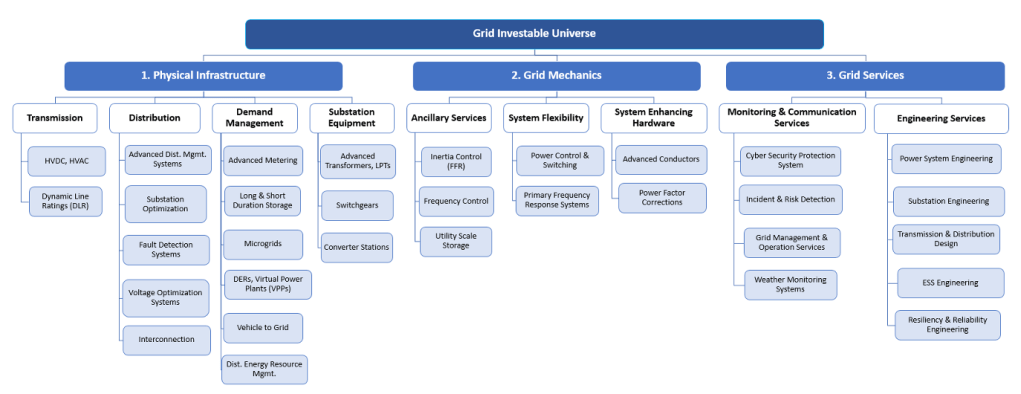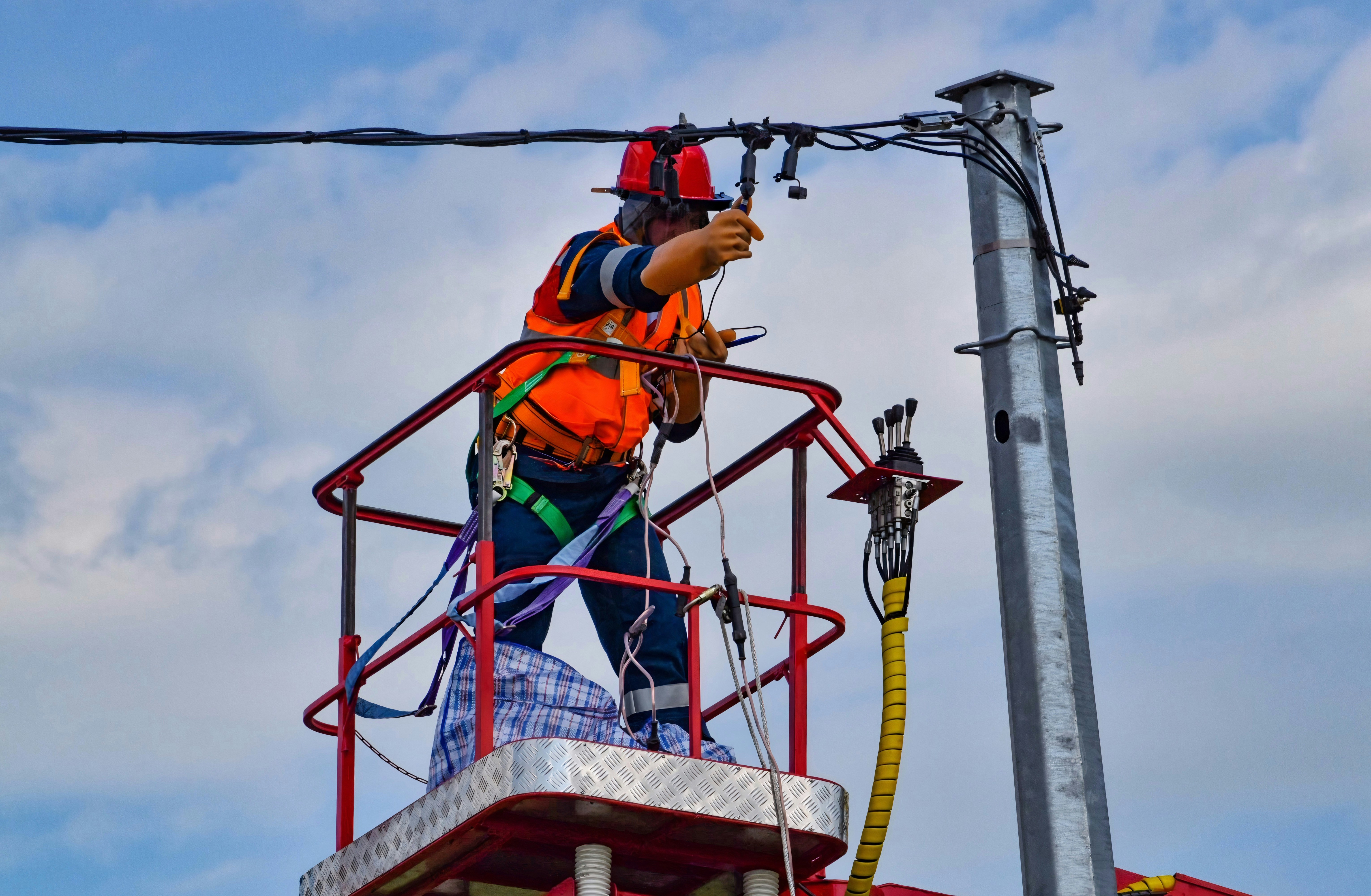The challenge of upgrading and expanding grid infrastructure is now widely acknowledged as the biggest obstacle to a net-zero future.
Despite a surge in clean energy investments, grid development has lagged. Existing infrastructure, unprepared for projected load growth over the next decade, is now the Achilles’ heel of the global transition.
Investors and governments are beginning to recognize the problems facing electricity grids, and significant expansions and investments may be on the horizon. This article explores avenues for progress and the investment opportunities they present, with a focus on short-term solutions to boost grid capacity and flexibility.
The Grid’s Vital Role and Its Biggest Challenges
As electricity becomes a larger part of global energy consumption, the importance of the grid grows. Global electricity demand is projected to rise by 25-30% by 2030 and more than 50% by 2050. The share of renewables in the energy mix is soaring, with around 3,000 GW of renewable projects waiting for grid connections. About half of these are in advanced stages, representing a threefold increase over the solar and wind capacity added in 2023.

Exhibit 1: As the generation mix changes and renewables’ penetration increases, grid infrastructure will need to evolve.
Our grid infrastructure is not equipped for the coming surge in overall electricity demand and an increase in clean energy sources. The main bottlenecks in today’s grids fall into three categories:
- Physical Infrastructure
- Grid Mechanics
- Services
Below, we break down potential solutions in each category, including the technologies, policies, and procedures that may attract investment.

Exhibit 2: We segment the investable opportunity set across three categories of bottlenecks.
Physical Infrastructure
This is, far and away, the biggest hurdle for grids.
The energy transition and associated load growth will require substantial expansion and modernization of the physical grid infrastructure. This comes at a time when many existing assets, already aging, need upgrades or replacements. The construction of new infrastructure and the enhancement of existing ones — such as transmission and distribution (T&D) lines, transformers, and substation equipment — are critical steps.
Many of the required changes will require policy reform. Key areas include streamlining permitting processes, enhancing planning procedures and cost allocation, and mitigating supply chain disruptions.
Although advancements in this domain are largely dependent on policy changes and tend to have longer development times, companies specializing in transmission, distribution, and substation equipment offer promising opportunities for investors.
For an in-depth analysis of companies and solutions in this area, refer to the complete Jefferies report on grid bottlenecks.

Exhibit 3: The US 10-year load growth forecast trend is set to 2x, increasing for the first time in a generation.
Grid Mechanics
The shift toward renewable energy sources impacts the fundamental mechanics of grid operation. Today, balancing services, flexibility, and the alignment of supply with demand are critical for electricity markets. Going forward, two challenges stand out:
Supply Variability: Traditionally, variability in electricity markets has been on the demand side. As we transition to new generation sources – intermittent renewables – we introduce a significant amount of supply variability.
Ancillary Services: The reliability and efficient functioning of modern grids heavily depend on ancillary services, many of which were historically provided as by-products of fossil fuel generation (for example; inertia, reactive power, and voltage control).
In response, new technologies and methods are being developed to replace these services, such as electronic devices designed to stabilize grid voltage and frequency, thereby enhancing system flexibility. Technologies and processes focused on improving system flexibility and fostering regional interconnection will take center stage in the coming months and years.
Services
Grid services include a wide range of systems crucial for reliability, flexibility, and resilience. These include both the engineering efforts needed to expand and enhance the existing grid infrastructure, and the strategic focus and investment that can address many current challenges in grid deployment.
Monitoring & Communication Services: There is a variety of software and data management platforms available that can enhance grid flexibility by improving real-time monitoring and communication capabilities.
Engineering Services: To support expansion efforts, a significant boost in engineering services is necessary. The current engineering supply chain may struggle to meet the heightened demand for power system engineers, project managers, and substation engineering specialists, among others.
—
As global electricity demand continues to grow, and the share of renewable sources in the energy supply increases, upgrading and expanding grid infrastructure is arguably the most critical objective for policymakers and investors in the energy transition. There are many opportunities to enhance the capacity and flexibility of our grid, but they must be pursued strategically and swiftly, or we risk undermining significant global progress towards a net-zero future.
For Jefferies’ Sustainability and Transition Team’s comprehensive perspective on the companies and technologies at the forefront of grid solutions, consult the firm’s full report.




